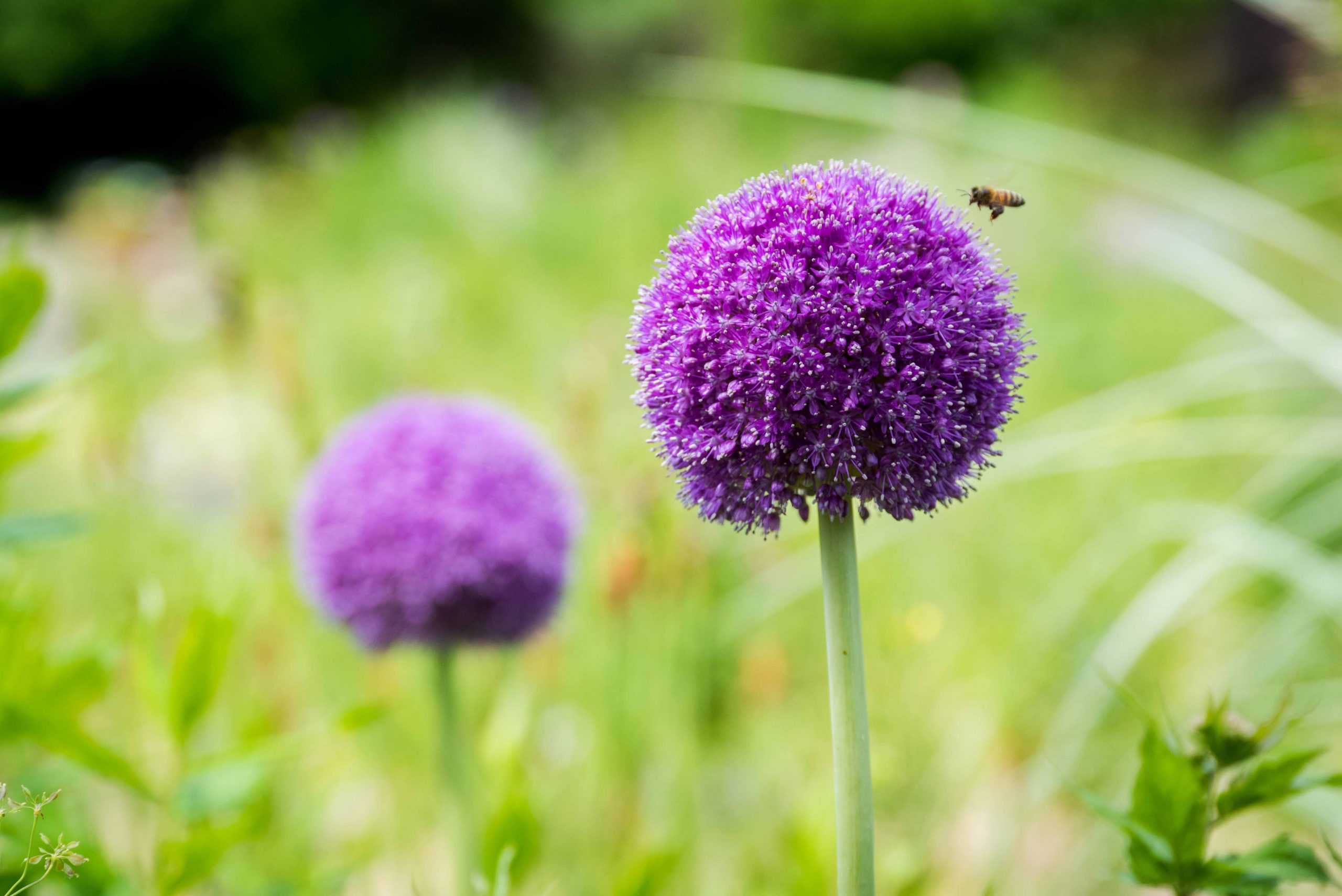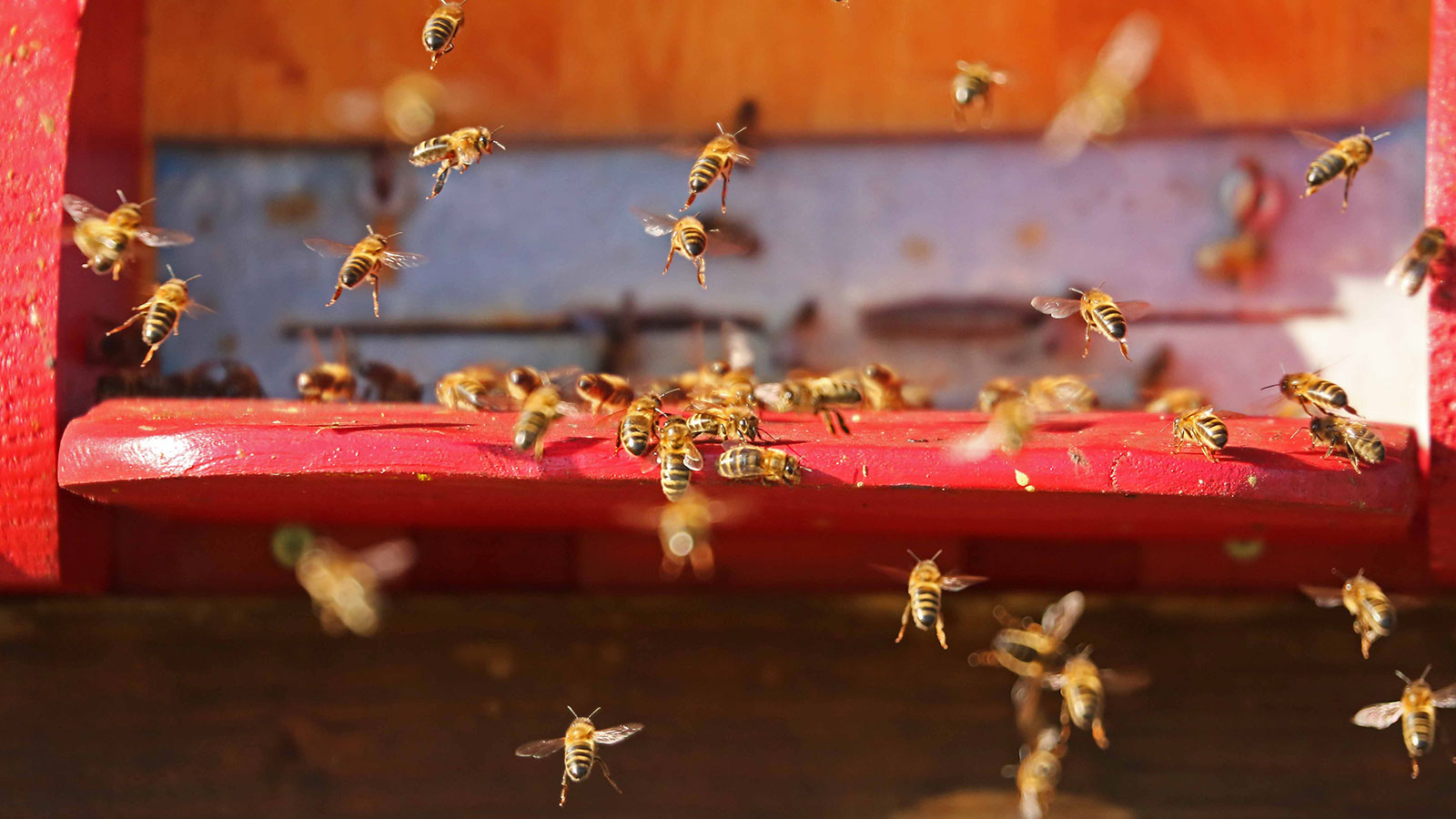Jun 01 2020, by Fleetwood Urban (Marketing)
Pollinator Paths
The case for creating bee-friendly urban environments
Bees are, arguably, the champions of biodiversity. Yet faced with the rising threat of habitat loss and climate change, their numbers are declining across the developed world. Rather than simply talk about the problem, Auckland-based landscape architect Andrea Reid decided to take positive action. She’s spent the last six years helping to create bee-friendly urban landscapes, known as ‘pollinator paths’, with her work providing clues and inspiration for landscape architects everywhere.
Bees aren’t nature’s only pollinators. But they’re certainly amongst the most important. In fact, some studies have shown bees – and wild bees, in particular – are responsible for pollinating one third of all the food we eat and around 80% of all flowering plants.
Putting a monetary value on what this means, UK authorities have estimated it would cost their nation’s farmers £1.8 billion (over A$3 billion) every year to manually pollinate their crops without the help of bees. Meanwhile in New Zealand, it’s estimated local bee populations contribute around NZ$5 billion to the economy every year. These are big numbers and point to the potentially catastrophic biodiversity threat should current declines in global bee populations continue.
Population needn’t come at the expense of pollination.
Across the developed world in recent decades, the combined impacts of population growth, urban expansion, habitat loss and chemical-reliant farming methods have all placed serious pressure on bee populations. If you’re wondering what we, as an industry, can realistically do, a good place to start is to follow the work of NZ landscape architect Andrea Reid and, more specifically, Pollinator Paths. This is the award-winning movement she began back in 2014 as a thesis for her final year of university. It’s since grown to the point it was featured as a global beacon for biodiversity in 2019 as part of the acclaimed TedX series.

What are Pollinator Paths?
At the heart of the Pollinator Paths movement is the goal of encouraging governments, planners, designers, communities and individual residents to better understand the increasingly critical role pollination has to play in our urban environments. Armed with this insight, it then seeks to get project stakeholders from right across the urban development spectrum to use this knowledge to shape both the designs of their projects and guide more of their choices when it comes to materials and planting strategies.
“Our mission is to create ecosystems across urban landscapes where pollinators can thrive,” Reid explains at pollinatorpaths.com. “This will help inspire and support a clean and green future, full of locally sourced food, in which people can feel a real connection to the land.”
Importantly, it isn’t merely about creating isolated (and disjointed) pockets of bee-friendly utopia throughout suburbia. Rather it’s about thinking more holistically and finding new ways to link our parks, reserves and other green spaces across multiple urban communities. Doing so will help to form sustainable natural pathways that bring crucial pollinators back into urban areas, and enable them to thrive.
It’s also worth bearing in mind, pollinator paths aren’t just for bees. They can also be created to attract other natural pollinators such as birds, butterflies and even small reptiles. As Andrea Reid pointed out in an interview with the NZ news agency, Scoop: “Bees often get all of the credit for being pollinating powerhouses, meaning that others get overlooked. But any animal or insect with the ability to spread pollen from flower to flower is in fact a pollinator.”
Creating pollinator paths.
Every open space project is different, with its own unique environmental factors to be considered. While identifying the ideal plants for your site may require a little research and local knowledge, the answer will almost certainly revolve around choosing a selection of native flowering plants in your gardens and landscapes. Beyond that, many other materials can also be excellent ways to attract nature’s pollinators. Sticks, logs, stones, sand, straw, mosses, clay, timber and even bamboo can all be highly effective when used in the right environments – giving landscape architects plenty of great materials to work with.
Bus stops become ‘bee stops’
On the other side of the world, another innovative program supporting urban bee populations is currently taking place in The Netherlands. The City of Utrecht Council has installed living rooftops on more than 300 bus stops, transforming them into ‘bee stops’. Get the story here.
Have you had experience creating pollination-friendly landscapes in your projects? We’d love to hear from you. To find out more about Pollinator Paths, click here.



